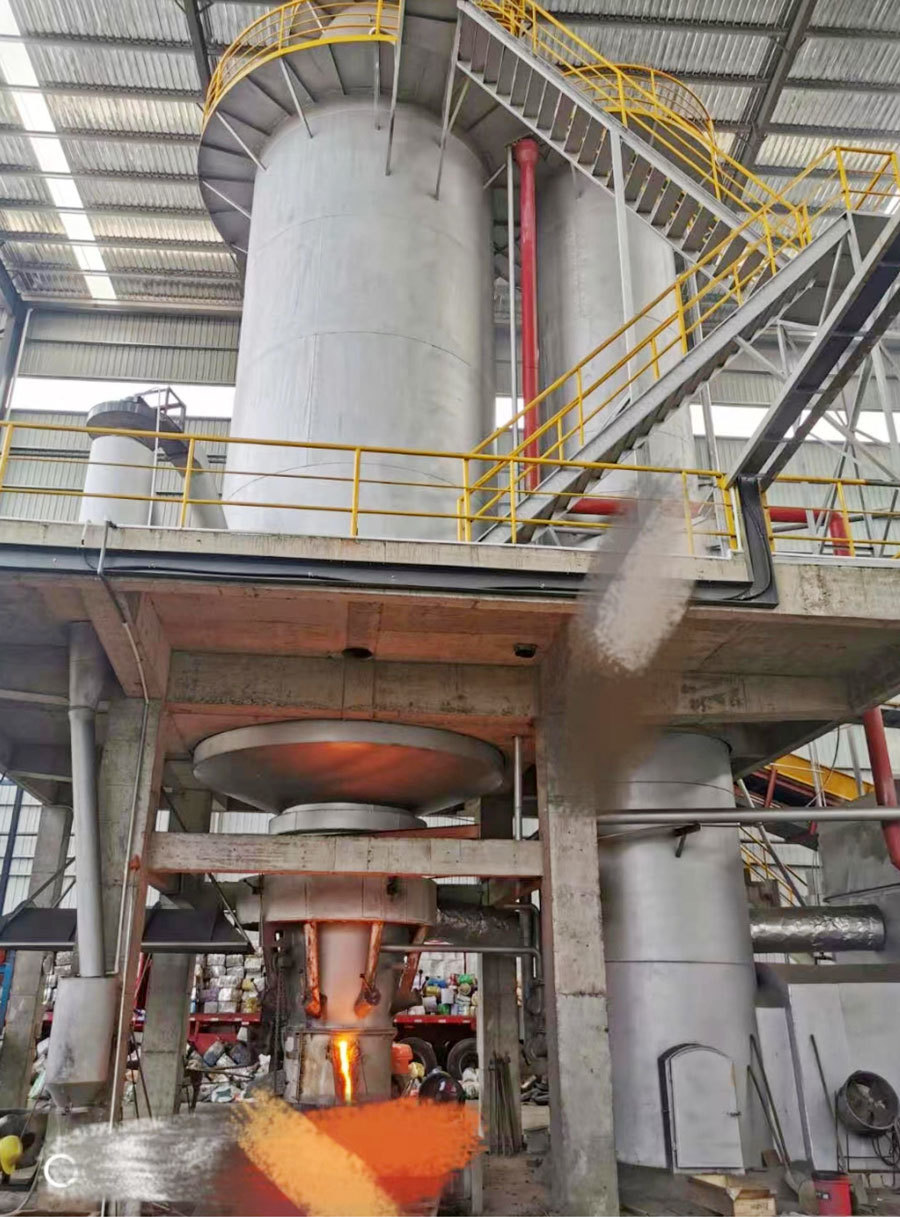Understanding the Essentials of Copper Melting Furnaces: A Comprehensive Guide
Aug 04,2025

Copper melting furnaces play a crucial role in various industrial applications, particularly in the metalworking and recycling sectors. These furnaces are specifically designed to melt copper and other non-ferrous metals, facilitating the production of high-quality molten metal for various uses. In this article, we will delve into the purpose, types, and operational considerations of copper melting furnaces, providing valuable insights for anyone interested in this essential piece of equipment.
The primary function of a copper melting furnace is to convert solid copper into a molten state, allowing it to be cast into different shapes and forms. This process is vital in the manufacturing of electrical components, plumbing fixtures, and various metal alloys. Understanding the melting process is essential for ensuring that the resulting molten copper meets the required specifications for purity and quality.
There are several types of copper melting furnaces, each designed to cater to specific operational needs. The most common types include induction furnaces, crucible furnaces, and electric arc furnaces. Induction furnaces use electromagnetic induction to heat the metal, offering high energy efficiency and precise temperature control. Crucible furnaces, on the other hand, utilize a refractory container to hold the metal while it is heated, allowing for smaller batches of copper to be melted. Electric arc furnaces rely on electrical arcs to generate heat and are often used for larger-scale operations.
When operating a copper melting furnace, several factors must be taken into account to ensure optimal performance. Temperature control is paramount, as different copper alloys have specific melting points. It is essential to monitor and maintain the temperature within the desired range to prevent overheating or underheating, which can affect the quality of the molten metal. Additionally, proper ventilation and exhaust systems are necessary to manage fumes and gases generated during the melting process, promoting a safe working environment.
Another critical consideration is the type of crucible or furnace lining used, as these materials must withstand high temperatures and the corrosive nature of molten copper. Selecting the right materials not only enhances the furnace's longevity but also ensures the quality of the melted copper remains uncompromised.
In conclusion, understanding the functionalities and operational requirements of copper melting furnaces is vital for industries involved in metal processing and recycling. By selecting the appropriate type of furnace and implementing effective operational practices, businesses can maximize efficiency, enhance product quality, and ensure a safe work environment. Whether you are involved in semiconductor manufacturing, electrical engineering, or metal recycling, knowledge of copper melting furnaces can significantly impact your production processes.
The primary function of a copper melting furnace is to convert solid copper into a molten state, allowing it to be cast into different shapes and forms. This process is vital in the manufacturing of electrical components, plumbing fixtures, and various metal alloys. Understanding the melting process is essential for ensuring that the resulting molten copper meets the required specifications for purity and quality.
There are several types of copper melting furnaces, each designed to cater to specific operational needs. The most common types include induction furnaces, crucible furnaces, and electric arc furnaces. Induction furnaces use electromagnetic induction to heat the metal, offering high energy efficiency and precise temperature control. Crucible furnaces, on the other hand, utilize a refractory container to hold the metal while it is heated, allowing for smaller batches of copper to be melted. Electric arc furnaces rely on electrical arcs to generate heat and are often used for larger-scale operations.
When operating a copper melting furnace, several factors must be taken into account to ensure optimal performance. Temperature control is paramount, as different copper alloys have specific melting points. It is essential to monitor and maintain the temperature within the desired range to prevent overheating or underheating, which can affect the quality of the molten metal. Additionally, proper ventilation and exhaust systems are necessary to manage fumes and gases generated during the melting process, promoting a safe working environment.
Another critical consideration is the type of crucible or furnace lining used, as these materials must withstand high temperatures and the corrosive nature of molten copper. Selecting the right materials not only enhances the furnace's longevity but also ensures the quality of the melted copper remains uncompromised.
In conclusion, understanding the functionalities and operational requirements of copper melting furnaces is vital for industries involved in metal processing and recycling. By selecting the appropriate type of furnace and implementing effective operational practices, businesses can maximize efficiency, enhance product quality, and ensure a safe work environment. Whether you are involved in semiconductor manufacturing, electrical engineering, or metal recycling, knowledge of copper melting furnaces can significantly impact your production processes.
TAG:
Previous:
Contact Us
Company Email:
962452762@qq.com
Contact Number:
+8615670922562
Company Address:
No. 11 Plant, Tiantan Industrial Park, Huling Industrial Cluster, Jiyuan City


